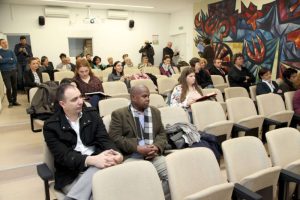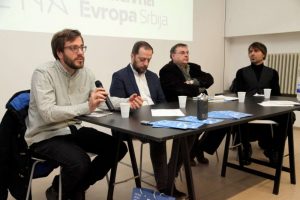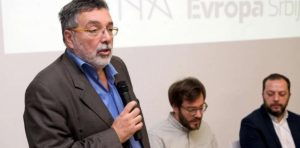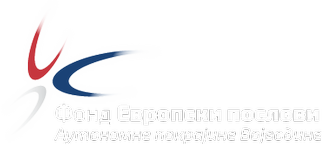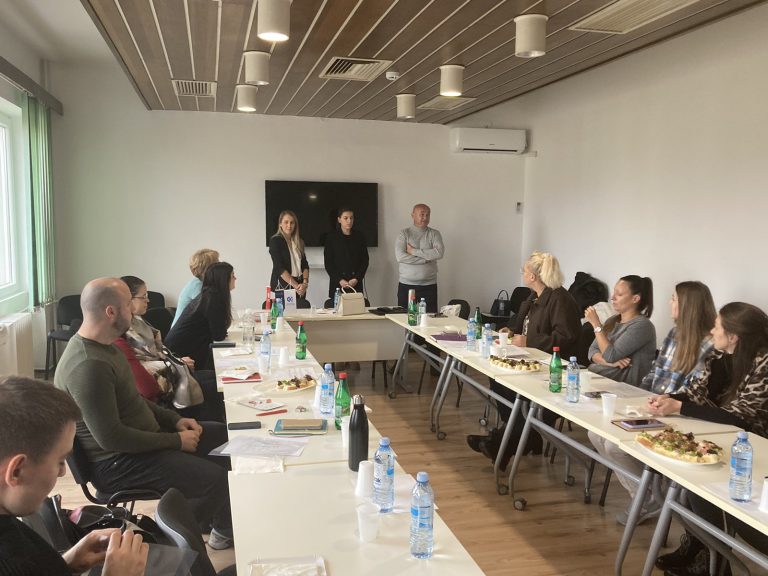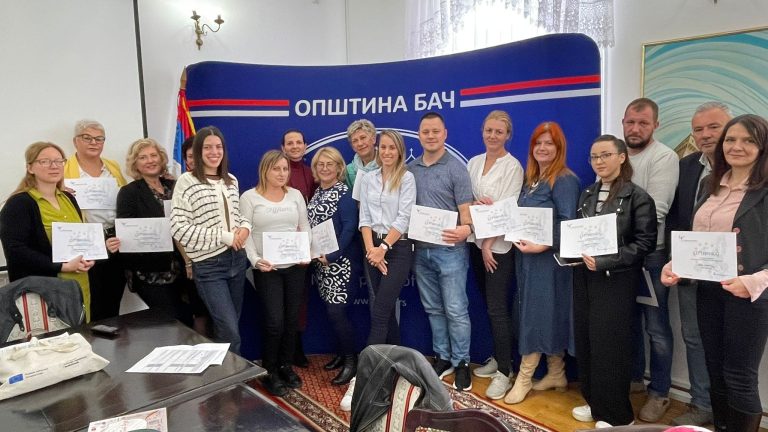Round table “Cooperation between the civil society and the public sector”
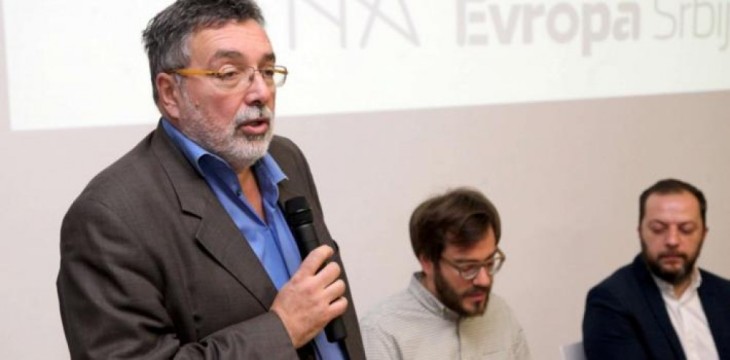
The round table “Cooperation between the civil society and the public sector” has been held at the Museum of Contemporary Art of Vojvodina, which has been organized by the Antenna of Creative Europe Desk Serbia, in cooperation with the Museum of Contemporary Art of Vojvodina. The speakers at the round table were Dimitrije Tadić, Head of Creative Europe Desk Serbia and representative of the Ministry of Culture and Information of the Republic of Serbia, Aleksandar Milosavljević, Director of the Serbian National Theatre and Zoran Pantelić, representative of “Kuda.org” organization. Slaviša Grujić, Provincial Secretary for Culture and Public Information welcomed the participants and hosts of the event.
The discussion aimed at establishing possible forms of cooperation between the civil and public sectors in the field of culture, taking into consideration the ongoing economic and social situation in the country and the region, seen also through the prism of international funding for projects in culture.
With reference to that, Secretary Grujić said that the future of culture lied in the initiative and cooperation of the civil and public sectors, taking into account the fact that the budget was getting reduced.
“Today at the end of 2015, we are summarizing the results achieved in this year and there are good reasons to say that they are not bad, but the next budgetary year is going to be far more restrictive”, said Grujić, adding that “this means that the cooperation between the two sectors is something that is lying ahead and that should yield results, and therefore in my view, the organization of such events is a kind of guidelines for further activities in the cooperation enhancement”, concluded Secretary Grujić.
Dimitrije Tadić reminded of the fact that the Creative Europe Desk and the Antenna, as the provincial office of the Creative Europe programme were there to contribute to the development of the civil sector with quality and good projects. The ratio between the cooperation of the two sectors was an eternal topic, because it was always ongoing, on the one hand, there was the public “tucked in” sector, and on the other hand, the creative and active civil society. Tadić said that in Serbia, “the civil sector is outstanding in the field of visual arts and music to such an extent that on some scale, it has been far more engaged than literature. Thereby, we are supporting it to some extent”.
On behalf of the “Kuda.org.” organization, Zoran Pantelić said that his organization, as a part of the civil sector, applied under calls for proposals and implemented some projects, but when viewing the relationship between the two sectors, it was a package of costs incurring on both sides. That is why it was necessary to strengthen and bring closer the cooperation, because the corpus of culture was art, art production in relation to culture. Pantelić indicated that those who were engaged in the arts and artistic production were in a more vulnerable position nowadays. The model of Creative Europe was in fact a question of what we wanted to promote and selection was needed there, because it depended on us.
Aleksandar Milosavljević, as the manager of a cultural institution which was subsidized from the budget, said that there was no culture if there was no state cultural policy, which would determine the priorities, whereas what was needed to have culture was a topic that opened up a number of problems. For example, one opera could not be set on the stage today unless having ten million dinars, and annually, a theatre was allocated very low funding for all performances, drama and ballet. Thus, it was clear that if there was no cooperation with the civil, i.e. private sector, the implementation of some significant projects by any theatre was not possible.

